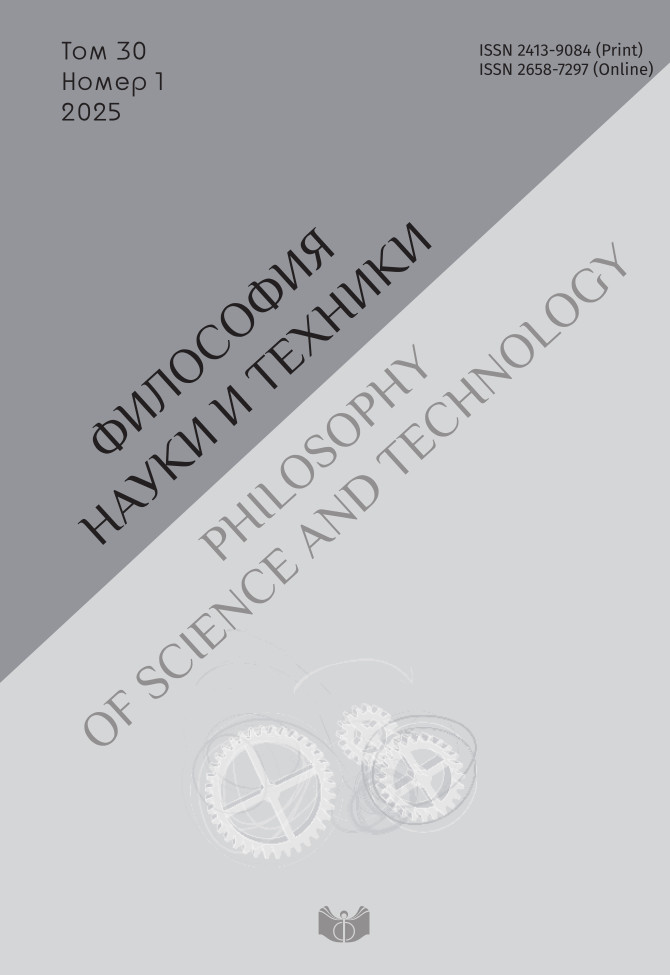Spatial metaphors in the study of science: from boundary to maps
DOI:
https://doi.org/10.21146/2413-9084-2025-30-1-112-123Keywords:
metaphor, boundary, map, science, boundary object, social boundariesAbstract
The article gives a brief overview of spatial metaphors used as key notions around which concepts are built. Spatial metaphors such as “boundary” and “map” in science research are discussed in more detail. The metaphor “boundary” in the context of work on the establishment of boundaries of science in modern philosophical and sociological literature has become a concept that is analyzed in two directions: positivist (answers to the questions: “what is science”, “where is science”) and postmodernist (answers to the questions: “whether science has borders”, “whether science needs borders”). The metaphor “map” is used to represent more abstractly the boundaries of science and boundary areas. In the positivist direction, the metaphors “boundary” and “map” become a tool for establishing epistemological authority, identity politics, and defending the autonomy of science. In the postmodern direction, the use of spatial metaphors demonstrates that the development of science is tightly controlled by those who possess the resources (power or status), which casts doubt on the existence of the epistemological authority of science. In addition, the turn toward interdisciplinarity in science leads to the conclusion that if boundaries can be established, they will be dotted, and there may be a complete erasure of boundaries. In the author’s opinion, the concept of boundary objects can be one of the solutions that could preserve the autonomy of science, but at the same time not contradict the application for interdisciplinarity. Boundary objects is an analytical concept of those scientific objects that are found in several overlapping social worlds and satisfy the informational requirements of each of them. The creation and management of boundary objects is a key process in developing and maintaining the coherence of overlapping fields of knowledge.











